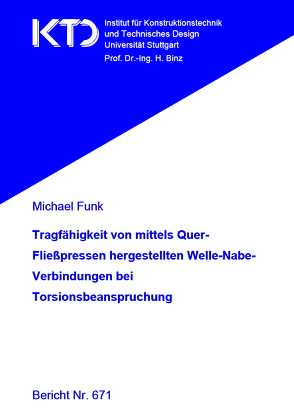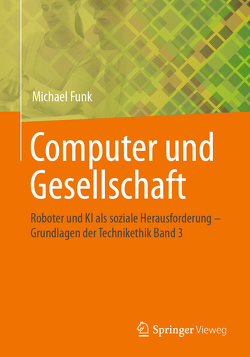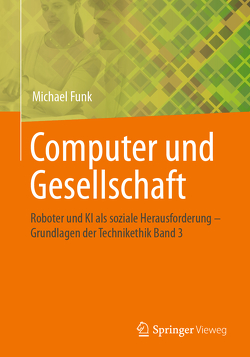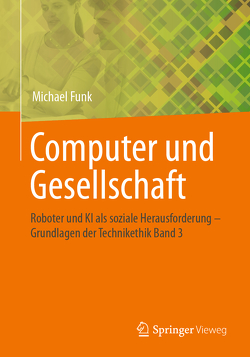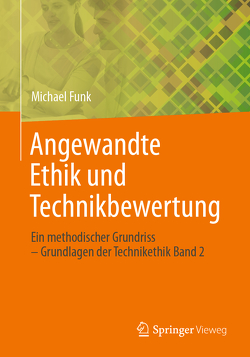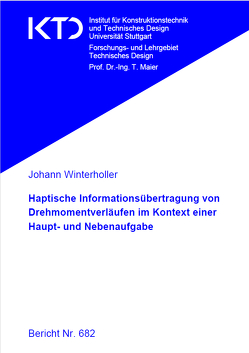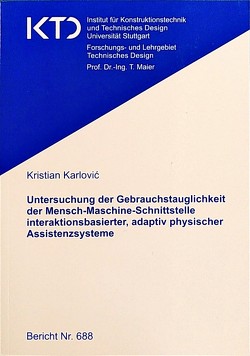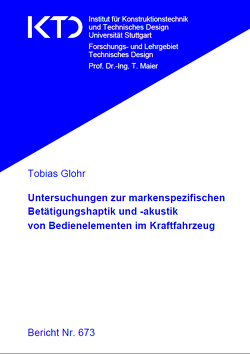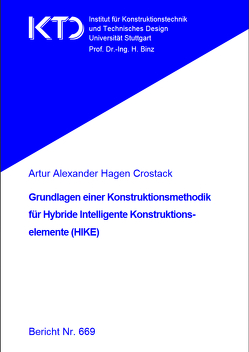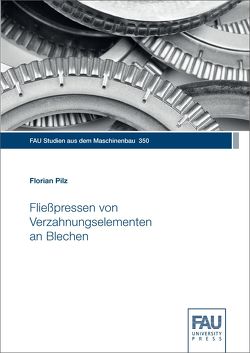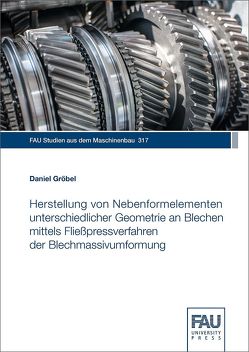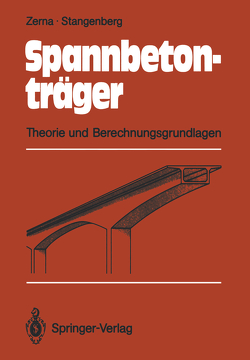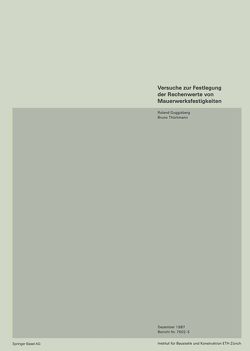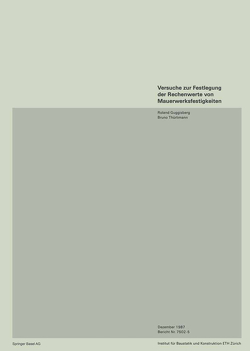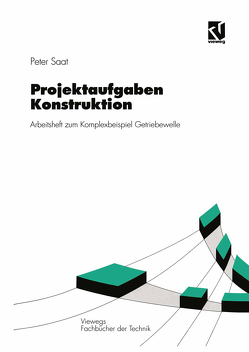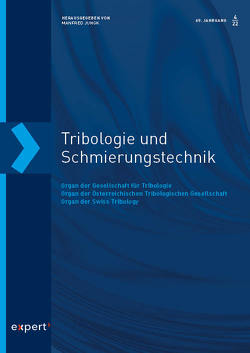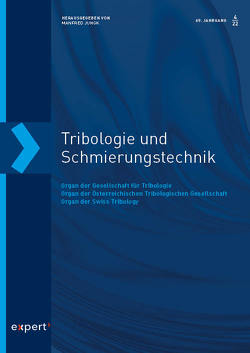Tragfähigkeit von mittels Quer-Fließpressen hergestellten Welle-Nabe-Verbindungen bei Torsionsbeanspruchung
Michael Funk
Joining by plastic deformation in combination with shaft hub connections has been increased in recent years. Main advantages of these kind of procedures are the in-tegration of manufacturing processes, the more efficient utilization of material and the use of new joining geometries for shaft hub connections. Furthermore these procedures allow the realization of positive locking shaft hub connections in combination with an additional contact pressure in the interstice.
A novel joining process for shaft hub connections is lateral extrusion. The process to join shaft and hub has been developed and investigated in this thesis. Especially the dimension of thin-walled shaft hub connections are a challenge for the forming process as well as for the load behaviour and providing the focus of this thesis.
After the development of test specimen, extensive investigations of the basic principles of this new kind of shaft hub connections had to be done. The aim of these in-vestigations was the identification of suitable parameters and correlations for the joining process and for the load behaviour. Furthermore, the tribological relations in the inter-stice were considered in detail and the resulting friction coefficient in this interstice was identified.
These results are required for the identification of suitable non-circular joining geometries based on complex cycloid contours. The approach to identify the suitable contours is based on a combined process of geometrical preselection regarding bound-ary conditions and a finite-elemente analysis (FEA) composed of different joining and load simulations. Due to that approach, one appropriate epitrochoid and one appropriate hypotrochoid contour have been identified. These two contours together with the standardized polygon profile are the basis for the numerical and experimental investigation of the load behaviour of the joined shaft hub connections.
A torsional load on these joined shaft hub connections leads to a complex deformation and strain state in the hubs. For description of these complex deformation state, real specimens have been implemented in FEA models by a separate measurement of shaft and hub as well as a subsequent modelling of the shaft hub connection in the FEA program based on the measurement results. These models allow the comparison of the deformation state in the different specimen types. A good correlation was seen between the critical areas in the FEA models and those of the experimental investigations.
An essential section of this research project is the experimental investigations of the load behaviour of this new kind of shaft hub connection. Most of the test benches required for the experimental investigations have been designed, manufactured and built in the context of this thesis. These test benches represent a modern and powerful test bench for different kinds of drive components and will be an important basis for many future research projects.
The experimental investigations were focused on non-circular joining geometries. In this association the specimens were manufactured with an epitrochoid (E-T02 M26), a hypo-trochoid (H-T02 M48) and a polygonal joining geometry. For a better classification of the results, additional examination with cylindrical joining geometry have been done as well. Revalued parameters in this context are the roundness deviation due to the joining process, the load behaviour under static loads and the behaviour of shaft hub connections under alternated torsional loads.
The roundness deviation of the trochoid profile contours in the joined state is smaller than in the initial state before joining. The maximum torsional load which can be trans-mitted with the trochoid profile contours is approximately 270 % higher than the torsional load of the polygonal profile. Moreover, the determined endurance limit of these non-circular joining geometries is in the same range between 482 Nm and 515 Nm. The failure of the polygon profile was usually caused by a crack of the shaft whereas the trochoid contour normally failed due to a crack of the hub.
This thesis shows that shaft hub connections manufactured by lateral extrusion can be reliably joined and operated. Futhermore, the experimental investigations promise a significant increase of the capability in comparison to existing shaft hub connections manufactured by pipe forming.
